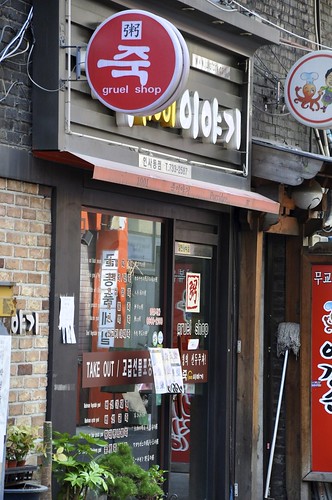Stephen Hayes asks about a local 4-star eatery going out of business, So sorry to read of the close of this 4-star restaurant. Friends and I had lunch there days before lock-up. Food was always excellent and at surprisingly reasonable prices. Big question for every business owner – “How to keep pace in a world where degenerating tastes and standards bring ‘the best’ to their knees while mediocrity thrives and prospers?”
To answer this question, we have to go back to the basics and the 4P marketing mix. Consumer tastes and standards are only one piece of the puzzle. For any business, it comes down to:
Product: This is what Mr. Hayes alludes to in his comment. Despite having a 4-star product, the eatery went out of business. Their product might have been perfectly fine, but…
Price: Price is not only what a business needs to earn to cover costs and create a margin, price is also (and more importantly) set by the consumer based on the value provided. If I don’t perceive 4-star value in what you deliver, I will not pay 4-star prices for it. Conversely, if I perceive top-dollar value, I will pay top-dollar price.
Based on his post, however, it sounds like the restaurant in question didn’t have significant problems with product or price. That leaves two more Ps in the marketing mix:
Place: Location matters – and not just in real life for a local business. Local businesses need to have strong local presence online. Place isn’t just physical space! In the case of the restaurant, does their website integrate with systems like Open Table? Did their Facebook Page provide necessary information (simple things like when you’re open matter a great deal)? Were they registered with Google Places and set up there?
Promotion: This is likely where the restaurant, as many local businesses do, fell down the most. A quick look in the Wayback Machine at the restaurant Mr. Hayes mentions in his original comment on Facebook shows a website that hadn’t been significantly updated since 2006 with a design that looks positively 1996. Poorly optimized for local, a quick peek at Spyfu shows that there was no investment of any kind in online advertising. No Facebook presence at all. No blog, no Twitter account, no Groupon deals, nothing that indicates that the restaurant wanted to be found in the modern era. The old website had a mailing list form signup powered by Microsoft Frontpage, which in all likelihood meant they hadn’t emailed their list in quite some time, and certainly not regularly.
The reality is that degenerating tastes and standards probably were not responsible for the demise of the local restaurant at all. Much more likely and important are the first words of Mr. Hayes’ comment – how to keep pace. The restaurant did not keep pace with the world, as evidenced through its digital memorials.
Here’s a key point, an important point that local business owners neglect at their deep peril: you are not competing with other local businesses. You are competing with the entire world, with everything and everyone who is vying for the attention of your customer base. You must keep pace and be findable in the new marketing world, or you risk losing your audience – not just to competitors locally, but to every other distraction and diversion available to them.
The local business experience that you deliver to your audience begins the moment someone types, “restaurants near me” into their Internet connected device.
You might also enjoy:
- Almost Timely News: Recipes vs. Principles in Generative AI (2024-03-03)
- Mind Readings: Most Analytics Data is Wasted
- You Ask, I Answer: AI Works And Copyright?
- Almost Timely News, January 7, 2024: Should You Buy a Custom GPT?
- Almost Timely News, January 14, 2024: The Future of Generative AI is Open
Want to read more like this from Christopher Penn? Get updates here:
 Take my Generative AI for Marketers course! |



Leave a Reply